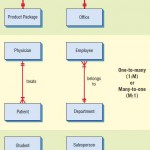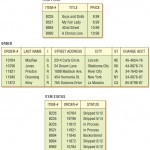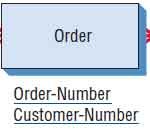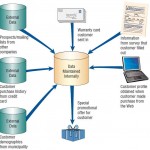Data storage is considered by some to be the heart of an information system. First, the data have to be available when the user wants to use them. Second, the data must be accurate and consistent (they must possess integrity). Beyond this … [Read more...] about Designing Databases
Designing Databases
Databases
Databases are not merely a collection of files. Rather, a database is a central source of data meant to be shared by many users for a variety of applications. The heart of a database is the database management system (DBMS), which allows the … [Read more...] about Databases
Reality, Data & Metadata (Data Concepts)
It is important to understand how data are represented before considering the use of files or the database approach. In this section, critical definitions are covered, including the abstraction of data from the real world to the storage of data in … [Read more...] about Reality, Data & Metadata (Data Concepts)
Files & Relational Databases (Data Concepts)
Files A file contains groups of records used to provide information for operations, planning, management, and decision making. The types of files used are discussed first, followed by a description of the many ways conventional files can be … [Read more...] about Files & Relational Databases (Data Concepts)
Normalization, step by step with example
Normalization is the transformation of complex user views and data stores to a set of smaller, stable data structures. In addition to being simpler and more stable, normalized data structures are more easily maintained than other data … [Read more...] about Normalization, step by step with example
One-to-Many & Many-to-Many Relationships
A one-to-many relationship is the most common type of relationship, since all many-to-many relationships must be broken down into two one-to-many relationships. When a one-to-many relationship occurs, place the primary key on the table at the one end … [Read more...] about One-to-Many & Many-to-Many Relationships
Guidelines for Master File/Database Relation Design
The following guidelines should be taken into account when designing master files or database relations:Each separate data entity should create a master database table. Do not combine two distinct entities on one file. For example, items are … [Read more...] about Guidelines for Master File/Database Relation Design
Making Use of the Database & Denormalization
There are several steps you must take in sequential order to assure that the database will be useful for presenting data.Steps in Retrieving and Presenting Data There are eight steps in the retrieval and presentation of data:Choose a … [Read more...] about Making Use of the Database & Denormalization
Data Warehouses
Data warehouses differ from traditional databases. The purpose of a data warehouse is to organize information for quick and effective queries. In effect, they store denormalized data, but they go one step further. They organize data around subjects. … [Read more...] about Data Warehouses






